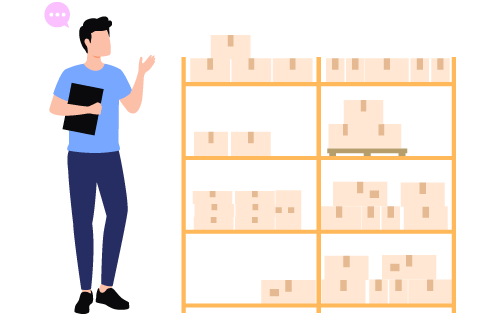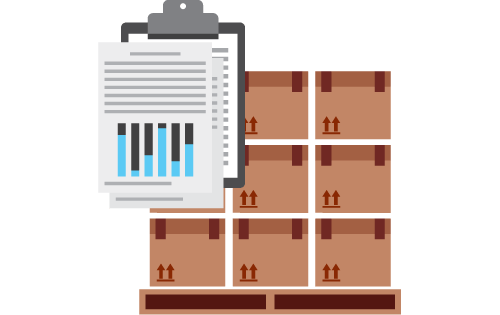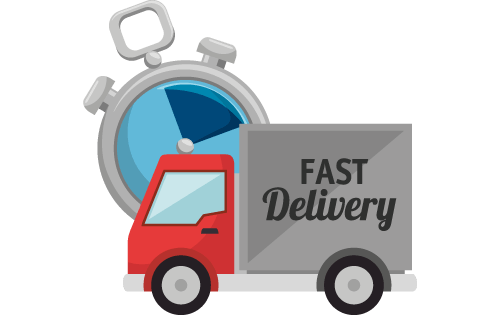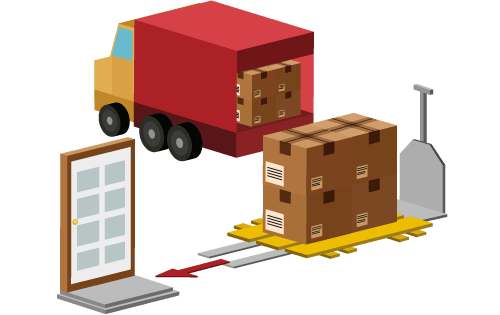The Total Landed Cost Approach
Built For

The Total Landed Cost Approach
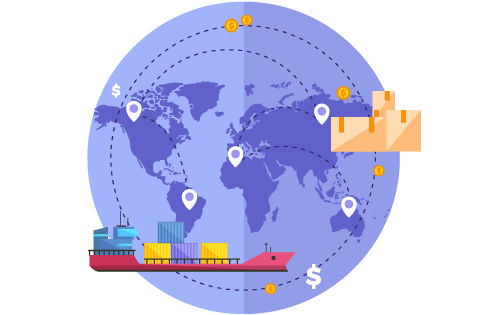
When running a business, especially one that deals with importing goods or managing complex supply chains, there’s more to your product’s cost than just the price tag. The total landed cost approach involves the all-inclusive figure that reveals the true cost of getting a product from the supplier to your doorstep.
Whether ordering raw materials or finished goods, understanding the total landed cost helps you see the complete picture. It accounts for everything: shipping, duties, taxes, insurance, and even those pesky hidden fees that pop up along the way. Knowing your total landed cost is crucial for setting accurate prices, protecting your profit margins, and making smarter purchasing decisions.
What is Total Landed Cost?
At its core, total landed cost is the sum of all the expenses involved in getting a product from your supplier to your warehouse or store. It’s more than just the purchase price—the “all-in” cost of goods, including every little detail that adds up along the way.
So, what goes into total landed cost? Think of it like a puzzle made up of several pieces: the price of the product itself, shipping fees, customs duties, taxes, insurance, handling charges, and even currency conversion fees. Each of these elements plays a role in determining the actual cost of your goods.
Why is this important? Well, if you’re only looking at the sticker price of a product, you’re missing out on the whole picture. Let’s say you’re importing electronics from overseas. Sure, the unit price might seem like a steal, but once you add shipping, customs duties, and handling fees, that “bargain” could quickly eat into your profit margins. By understanding and calculating total landed cost, you can set more accurate prices and avoid surprises.
In short, total landed cost is the number that tells you what it really costs to get your products into your hands—and, ultimately, into the hands of your customers.
Key Components of the Total Landed Cost Approach
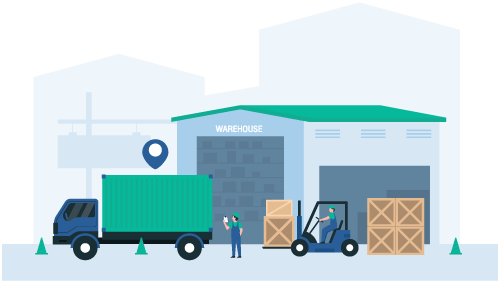
Total landed cost is comprised of several key components, each contributing to the overall expense of getting your goods from the supplier to your warehouse or storefront. Here’s a breakdown of the most common cost factors you should consider:
- Product Cost: This is the product’s base price—the amount you pay your supplier for the goods. It’s the starting point of your total landed cost calculation, but it’s far from the final figure.
- Shipping and Freight: Whether you’re shipping by air, sea, or ground, transportation costs vary widely depending on distance, weight, and shipping method. Freight charges are often one of the most significant pieces of the total landed cost puzzle, so it’s essential to factor in any fees for fuel surcharges, expedited delivery, or special handling.
- Customs Duties and Tariffs: Importing goods into another country typically comes with its own set of fees. Customs duties and tariffs are taxes imposed by governments on imported goods, and they can significantly increase your total landed cost, especially if you’re dealing with high-value products or countries with strict trade regulations.
- Insurance: You’ll often need to purchase insurance to protect your goods while they’re in transit. Whether it’s coverage for damage, theft, or loss, insurance costs are an important part of total landed cost, ensuring that you don’t face unexpected expenses down the line.
- Handling Fees: These costs include the expenses related to loading, unloading, and warehousing your goods. For example, if your shipment needs to be stored temporarily before reaching its final destination, you might incur additional handling or storage fees.
- Currency Conversion: If you’re dealing with international suppliers, currency fluctuations can impact the total cost of your goods. Currency conversion fees and exchange rate changes can add up, especially if you purchase bulk from suppliers in countries with unstable currencies.
- Other Miscellaneous Costs: Plenty of minor, often overlooked costs can sneak into your total landed cost. These might include documentation fees, packaging costs, quality inspections, or fuel surcharges. While individually small, these costs can accumulate and make a sizeable difference in your overall expenses.
By understanding these components, you’ll be better equipped to calculate the total landed cost and make more informed decisions about your supply chain, pricing, and profitability.
Why Total Landed Cost Matters for Your Business

Understanding your total landed cost is more than sound financial practice—it’s essential for running a profitable and efficient business. Whether you’re a manufacturer, retailer, or distributor, total landed cost directly impacts your pricing, profit margins, and decision-making process.
More Accurate Pricing
One of the main reasons total landed cost is crucial is that it allows you to set more accurate and competitive prices. If you’re only factoring in the product’s base cost, you’re likely underestimating what it truly takes to get that product to your customers. By including shipping, duties, insurance, and other hidden fees, you can price your products to cover all expenses and protect your profit margins.
Protecting Profit Margins
Without knowing your total landed cost, it’s easy to fall into the trap of low-profit margins—or worse, selling at a loss. Total landed cost ensures you’re factoring in every cost involved, helping you ensure your pricing structure is profitable. When you account for all the costs upfront, you avoid nasty surprises that could eat away at your profits.
Making Better Purchasing and Sourcing Decisions
Total landed cost gives you valuable insights into your supply chain and sourcing options. For example, a supplier with a lower product price might seem appealing. Still, once you factor in high shipping costs, tariffs, or additional handling fees, you may find another supplier with a slightly higher product cost offers a better deal overall. Understanding total landed cost lets you weigh your options carefully and choose the most cost-effective suppliers.
Improving Cash Flow and Budgeting
Total landed cost can also help you manage cash flow and budgeting more effectively. By knowing exactly how much it will cost to get your products in stock, you can better plan your expenses and avoid unexpected financial hits, allowing you to allocate resources strategically and keep your operations running smoothly.
Optimizing Inventory and Supply Chain Management
Total landed cost isn’t just about financials—it’s also a critical factor in optimizing your inventory and supply chain. By understanding the true cost of getting goods into your inventory, you can make smarter decisions about when and how much to order, helping you to avoid overstocking or understocking.
Reducing Hidden Costs
One of the most significant benefits of tracking total landed cost is that it uncovers hidden expenses. These costs, like handling fees or customs delays, can be easily overlooked but add up over time. By being aware of them and including them in your total landed cost calculations, you can take proactive steps to reduce expenses, ultimately boosting your bottom line.
In short, total landed cost matters because it helps you see the whole picture. From accurate pricing and improved profitability to smarter purchasing decisions and better cash flow management, understanding total landed cost is vital to staying competitive, managing costs, and keeping your business healthy.
How to Calculate Total Landed Cost – An Example
Calculating total landed cost may seem complicated at first, but it becomes much more manageable once you understand all the pieces involved. To get an accurate picture of your total costs, you must gather information on each component we covered earlier.
To simplify the process, here’s a basic Total Landed Cost formula you can follow:
Total Landed Cost = Product Cost + Shipping Costs + Customs Duties + Insurance + Handling Fees + Currency Conversion + Miscellaneous Costs
1. Start with the Product Cost
This is the easiest step—the price you pay your supplier for the product. Make sure you account for any discounts or bulk pricing to get the most accurate figure.
- For our example, let’s say the product cost is $10,000.
2. Add Shipping and Freight Costs
Next, include the cost of shipping the product from the supplier to your destination. Transportation costs may vary depending on the size and weight of your shipment, so be sure to consider the most cost-effective shipping option. Also, include any additional fees like fuel surcharges or special handling requirements.
- For our example, the shipping costs are $2,000.
3. Factor in Customs Duties and Tariffs
If your goods are being imported, customs duties and tariffs are key in the calculation. These fees are usually based on the product’s value and the importing country’s regulations. Check the applicable rates in advance so you’re not caught off guard.
- For our example, customs duties are $1,500.
4. Include Insurance Costs
To protect your goods during transit, you’ll likely need to pay for insurance. The cost will depend on the value of the goods, the method of transport, and the risk involved.
- For our example, the insurance cost is $300
5. Account for Handling Fees
Handling fees include loading, unloading, warehousing, and temporary storage. If your goods need to be stored for any period of time or handled by third parties, you’ll want to include these costs as well.
- The handling fees for our example are $200.
6. Add Currency Conversion Costs
You may need to convert currency if you’re purchasing from an international supplier. Currency exchange fees and fluctuations can impact your final cost, so it’s important to add this to your total calculation, especially when dealing with volatile exchange rates.
- For our example, we’ll use currency conversion fees of $100.
7. Include Miscellaneous Costs
Remember the smaller fees that can add up, such as documentation charges, quality inspections, packaging, and any extra fees related to special requirements for your shipment.
- We’ll add miscellaneous costs of $100.
Example Calculation
Your total landed cost would be:
Total land cost = $10,000 + $2,000 + $1,500 + $300 + $200 + $100 + $100 = $14,200.
Calculating all of these factors gives you a clear picture of your total landed cost. This helps you make informed pricing decisions, manage your supply chain more effectively, and protect your profit margins.
Automating Total Landed Calculations
Manually calculating total landed cost can be tedious, especially when dealing with multiple suppliers or shipments. Fortunately, inventory and order management software can help automate this process.
Using Inventory and Order Management Software with the Total Landed Cost Approach
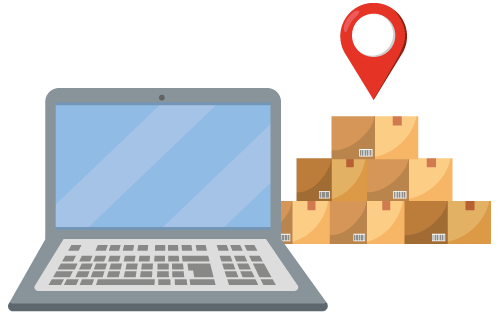
Manually calculating the total landed cost for every product order can be time-consuming and error-prone, especially as your business scales. This is where inventory and order management software comes in—it simplifies and automates the tracking of total landed cost, making the process faster, more accurate, and less stressful.
Automated Cost Calculations
With inventory and order management software, you no longer manually track every cost component. The software is designed to automatically calculate total landed cost by pulling data from various sources, such as shipping fees, customs duties, and insurance costs. Simply input the information, and the software does the rest, ensuring all the relevant fees are accounted for.
Real-Time Data for Accurate Cost Tracking
One of the most significant advantages of using software is tracking costs in real time. As shipping rates fluctuate or new tariffs are imposed, your software can update total landed cost calculations on the fly, ensuring you always have the most accurate and up-to-date information –especially useful when dealing with international suppliers or volatile markets.
Integration with QuickBooks and eCommerce Platforms
Inventory and order management software integrates seamlessly with tools you already use, like QuickBooks for accounting or eCommerce platforms for sales. This means your cost data is centralized in one place, making tracking and calculating total landed costs easier across multiple sales channels. The integration ensures that all purchasing, shipping, and handling costs are recorded and synced automatically.
Customizable Dashboards for Easy Monitoring
The software comes with customizable dashboards that allow you to monitor total landed cost alongside other key performance indicators (KPIs). This makes it easy to see the big picture at a glance—whether it’s comparing costs across suppliers or tracking how shipping fees are impacting your overall profitability. You can even set up alerts for when certain costs increase or fall outside your expected range, helping you stay on top of any potential issues.
Enhanced Reporting and Forecasting
Inventory and order management software includes advanced reporting features that provide detailed insights into your total landed cost over time. These reports can identify trends, spot areas where costs can be reduced, and help you make more informed purchasing decisions. The software also supports demand forecasting, which helps you determine how much product to order, taking total landed cost into account to avoid overstocking or understocking.
Improved Decision-Making
With all the data and insights gathered by the software, you can make faster, more informed decisions about your business. Whether choosing a supplier, setting your prices, or managing your inventory, knowing your total landed cost allows you to act confidently and precisely. You’ll avoid underestimating costs, protect your profit margins, and optimize your supply chain.
Inventory and order management software takes the complexity out of calculating total landed cost. It automates the process, integrates with the systems you use, and provides the data you need to keep your costs under control. This type of software is a must-have tool for staying competitive and profitable for any business that deals with shipping, importing, or multi-channel sales.
Call us at 817-870-1311
